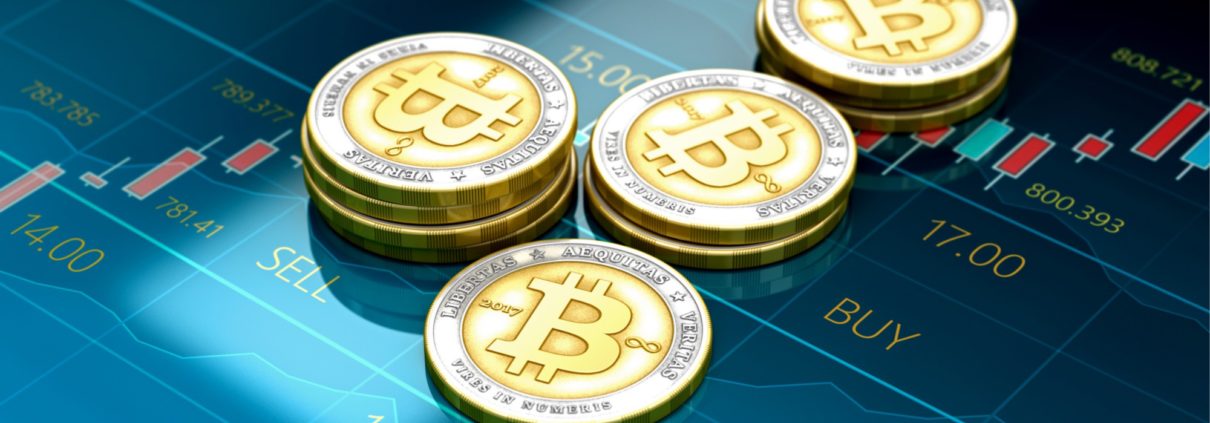Deutsche Asks A Stunning Question: “Is This The Beginning Of The End Of Fiat Money?”
One month ago, Deutsche Bank’s unorthodox credit analyst, Jim Reid published a phenomenal report, one which just a few years ago would have been anathema in the hushed corridors of high finance as it dealt with two formerly taboo topics: is a financial crisis coming (yes), and what are the catalysts that have led the world to its current pre-catastrophic state, to which Reid had three answers: central banks, financial bubbles and record amounts of debt.
Just as striking was Reid’s nuanced observation that it was the fiat monetary system itself that has encouraged and perpetuated the current boom-bust cycle, and was itself in jeopardy of becoming extinct when the next megacrash hits:
We think the final break with precious metal currency systems from the early 1970s (after centuries of adhering to such regimes) and to a fiat currency world has encouraged budget deficits, rising debts, huge credit creation, ultra loose monetary policy, global build-up of imbalances, financial deregulation and more unstable markets.
The various breaks with gold based currencies over the last century or so has correlated well with our financial shocks/crises indicator. It shows that you are more likely to see crises/shocks when we break from hard currency systems. Some of the devaluation to Gold has been mindboggling over the last 100 years.
The implications of this allegation were tremendous, especially coming from a reputable professional who works in a company which only exists thanks to the current fiat regime: after all, much has been said about Deutsche Bank’s tens of trillions in gross liabilities, mostly in the form of various rate derivatives, backed by hundreds of billions in deposits and, implicitly, the backstop of the German government as Deutsche Bank discovered the hard way one year ago.
However, what shocked most readers was that at its core, Reid’s report was dead accurate, and as Reid writes in a follow up report published this morning, it is the topic of the fiat system itself as potentially the weakest link in any future crisis that generated the most debate.
In the report titled, “The Start of the End of Fiat Money?” Reid writes that “as we road-showed the document a theme that had minor billing in the report started to gain more and more prominence in the discussions and as such we wanted to expand upon it in this short follow-up thematic note. The basic premise is that a fiat currency system – the likes of which we’ve had since 1971 – is inherently unstable and prone to high inflation all other things being equal. However, for the current system to have survived this long perhaps we’ve needed a huge offsetting disinflationary shock. We think that since around 1980 we’ve had such a force and there is evidence that this influence is now slowly reversing.”
And here comes the shocking punchline: not only does Reid concede that the fiat system “may be seriously tested over the coming decade and ultimately we may need to find an alternative” but that one such alternative is none other than cryptocurrencues, i.e. bitcoin, ethereum and so on. Which, while it may be a surprise to institutional investors appears to have been all too obvious to buyers of cryptocurrencies.


